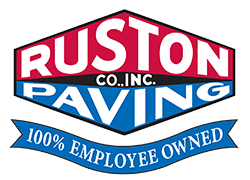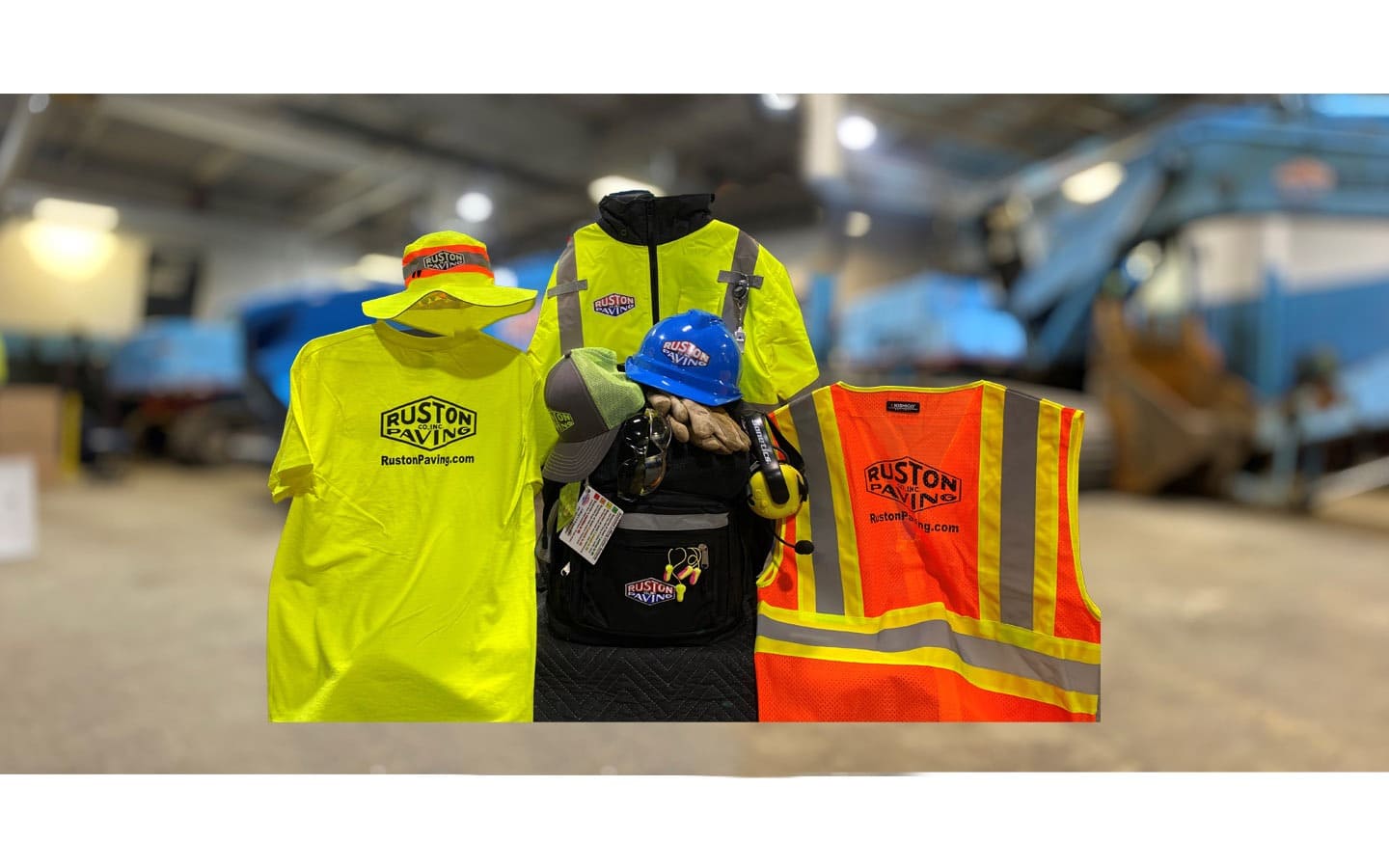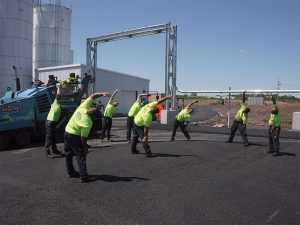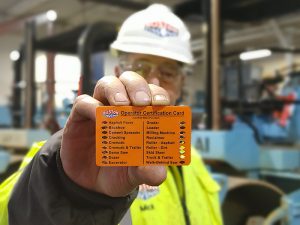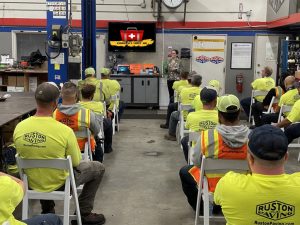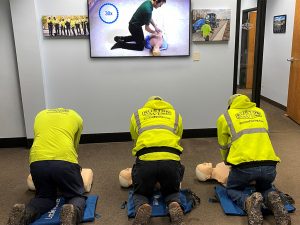At Ruston Paving, nothing is more important than the safety of our employees and those we interact with while we are on the job.
Zero incidents is the goal for all projects.
Safety is everyone’s responsibility at Ruston Paving. Our company provides a safe work environment, financial support, management oversight, tools, and training so our employees can do their jobs safely. All our employees do their part to make safety a personal priority. Together, these elements are part of our construction safety management system – one that aims to continuously identify hazards and reduce risks that lessen the likelihood of an incident occurring on the job.
Our employees pledge to:
- Never compromise their own safety or the safety of their co-workers to get the job done.
- Actively look for hazards, promptly report them, and take appropriate action to alleviate the issue.
- Be a good safety role model for their co-workers, friends, and family, even when off the job.
Our safety culture is ever-improving. From national industry mandates to suggestions from our employees, we incorporate new safety procedures to make sure everyone goes home safe at the end of the day.
From the high viz clothing worn by our employees to the pink paint we use to identify job site trip hazards, safety is always our top priority.
Every employee is empowered with the ability to stop all work and make corrections on a project if an unsafe environment exists.
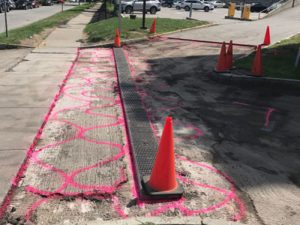
Facets of Our Safety Program
In addition to an organizational commitment to safety, Ruston Paving continues to implement many procedures and tools to promote and ensure a safe workplace.
Top-Down and Bottom-Up Flow of Safety Ideas
An idea for a safer way to work can come from anyone. For that reason, Ruston Paving encourages all our employees to voice suggestions on how to do things better. One such example is our Stretch & Flex Program, which was instituted company-wide based on a suggestion from an employee in our Central NY Division.
Safety Committee
The goal of the Safety Committee is to continually promote and raise awareness for construction safety management through discussion and outreach. Not to be confused with Toolbox Talks, the safety committee discusses and generates solutions for safety based on feedback from all aspects of our operation.
Safety Reporting
The goal of safety reporting is to promote a sense of accountability within the workforce and to document safety concerns while organizing and establishing a plan of action to improve the overall safety program. The following are some of the tools that we utilize.
- Safety Audits – Completed by all safety committee members once a week. These can be used to audit an area, vehicles, and equipment, or even an entire job site.
- Safety Response – Utilizing our proprietary mobile application, employees are able to raise awareness that triggers an immediate response to safety concerns throughout our organization.
- Safety Incident Report – Completed by those involved in or witnessing a safety incident or near miss.
- Safety Investigation Report – This report is utilized to try to identify ways to improve our operation to provide a safe incident-free work environment for our employees. These are completed by the manager of the employee who has been involved in a safety incident or near miss.
Safety Training
Within our management team are certified instructors who continually provide training for all employees such as:
- OSHA Safety Courses
- First Aid and CPR/AED
- Smith System Driving Training
- In-House Operator Certification
- Equipment-Specific Safety Training
- Railroad Safety Certification Classes
Proactive Safety Tools
All company vehicles are outfitted with Lytx, an onboard video monitoring system. The system allows us to:
- Recognize good drivers
- Improve fleet efficiency
- Improve overall driving habits
- Engage drivers in coaching sessions
- Analyze root cause of driving-related incidents
